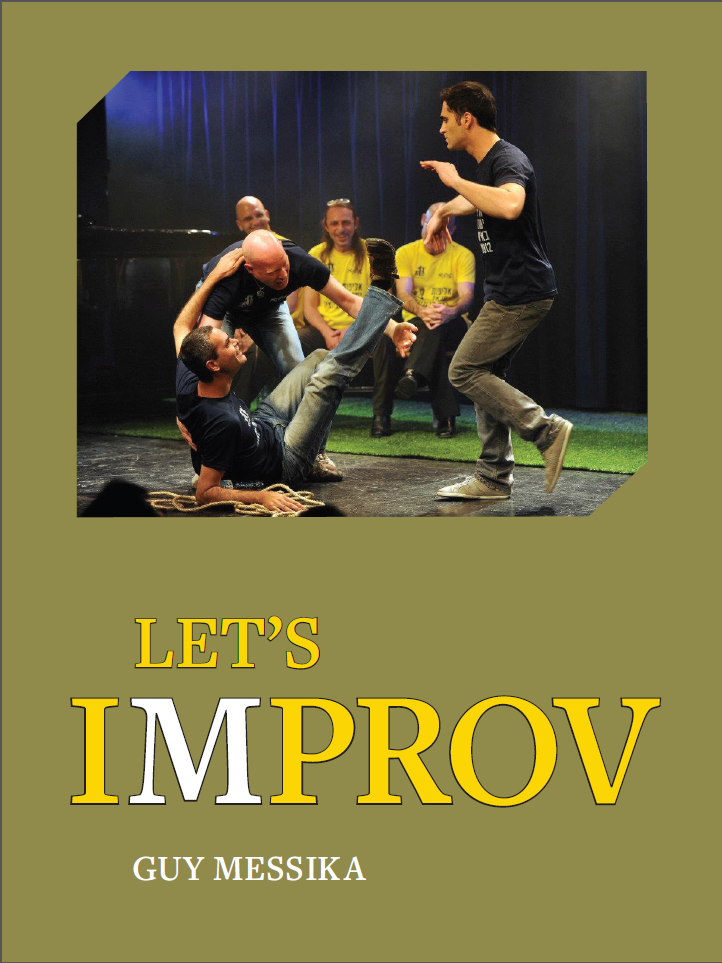
Let’s IMPROV
גיא מסיקה
₪ 49.00
תקציר
Let’s improv is your guidebook to improvisational art in theater.
Written for actors, teachers, students, amateur improvisers and… improv-addicts.
It’s also designed for everyone else.
This book is a perfect growth platform for improvisers and improvisational ensembles.
Offers over 200 guided, highlighted and cataloged exercises, in addition to the principles of improvisation that are explained in detail.
The author, Guy Messika, is an actor, musician and teacher,
improvises back from the early millennium.
Attended about 2000 improv shows, and teaches improv and improvocals.
www.improguy.co.il
ספרי עיון, ספרים באנגלית - English Books
יצא לאור ב: 2020
הוצאה לאור: גיא מסיקה
ספרי עיון, ספרים באנגלית - English Books
יצא לאור ב: 2020
הוצאה לאור: גיא מסיקה
פרק ראשון
The Dictionary
One participant makes up a fictitious word and another participant gives that word a supposedly dictionary-like interpretation.
For example: Bronchelitte – a Mexican Bronchitis remedy.
Improvement - One person says a real word and the other person gives it different dictionary-like interpretation, followed by a short explanation. For example: Picture – A nose-picking fixture. When one is too lazy to pick one's nose, they use a picture. Or: Storage – a store where one buys things to make one look and feel older.
Further Improvement – One person says a word and states which field it belongs to and the other person specifies its acronym.
For example, the word SNIFF, in the field of accounting means So Nothing Is For Free.
Or in the computer field, for example, the word PIANO means Pressed It And Nothing Opened. And so on.
Association Circle
Stand in a circle.
One of the participants points to another and says a word, the participant pointed at then points (or snaps his fingers) at a third participant and says an association to the word said ("given") to them, the third participant points to a fourth and says an association to the word given to them, and so you "play catch" with associations.
Improvement – Instead of pointing or snapping your fingers, throw around a ball while saying the words. Every word is accompanied with the throwing of the ball.
Further Improvement – Gradually add another ball and another and play catch with a growing number of balls (find out how many balls you can throw around at the same time without dropping any. Four balls is very nice), without it interfering with the association "catch", of course.
Associations Circles
A circle where you throw around associations accompanied by a clap. (Don't clap loudly, and in general, snapping your fingers is better than a clap). At a certain point, while playing catch, one of the participants in the circle points to another and throws a new, additional word at them. That way, they're starting a new, simultaneous association circle to the one already going around.
Now there are two association "catch" circles going around at the same time, and later on, you can add a third one and more.
Note – Try to be heard without yelling. You can also play catch with balls instead of clapping.
Personal Past Associations
In a circle, throw associations at one another. Same as in the associations' circle, every word is a reaction to a word said to you, only in this exercise all the associations come from an emotional, personal place, from your real memories.
Note - Since we're dealing with associations that stem from your real emotion and memories, take your time before reacting, in order to connect to the memory.
Once you've practiced this exercised several times, you'll be able to speed it up, but the important thing is that the associations emanate from a real memory.
Still, try to blurt out your first reaction to the word or couple of words said to you. Don't try to excel.
Try to be moved by your real memory, for example: An oven – Italian cookie – Saturday – Family trip – Toothbrush – Thailand – Full Moon – Hiccup Attack (my personal memory association).
The word combinations may seem arbitrary, but it's full of meaning for the participants because the associations emanate from an emotional, personal place.
Non-association
Stand in a circle. Place a dinger in the center.
Each participant enters the center of the circle in their turn, stands next to the dinger and starts saying a list of words that have no associative connection between them (to be precise: words that the ear won't be able to trace the associative connection between two consecutive ones on the list).
The participant in the center continues saying these unrelated words until someone from the group detects an associative connection between two of those words.
The participant who had detected the connection runs to the center and steps on the dinger, repeats the two related words and starts a new list of unrelated words of his own, until a third participant detects a connection, runs to the center, steps on the dinger, repeats the two related words, start a new list and so on.
For example: sun, back-pack, Bach flowers, shoes, haircut, snake, earing, cards, stripper, prayer book, ruler, geometry, compass.
Ding – ruler and geometry compass are related, both are stationaries that may be found in a pencil case.
Note – Don't rest, try to think un-associatively and not just look around and list things that are laying around in the room.
Retracing Association Circle
Stand in a circle and pass associations from one to the other according to the order in which you're standing.
It's important to make sure you say the association only to the last word spoken at you and not to any of the previous words already mentioned in the circle.
Stop after a few rounds and retrace all the way back to the first word.
Example: If the last three words were: park, grass, green – then the last person says: 'I said green because you said grass and the person before them says: I said grass because you said park and so on until you arrive back at the first word. To remember, you can write it down before you start, until the circle is retraced.
Note – It's allowed and recommended to help those who forget, let them try to remember and if it seems like it's not coming back to them, only then remind them, if possible. Challenge yourselves, reach a high number of words before stopping to retrace.
Yes And…
One opens by making a suggestion and the other replies – Yes and… (thus adding a suggestion). This way you perpetually add onto each other.
You can try retracing like in the previously mentioned association circle (the first person suggests something to the second, the second to the third and so on until you stop and retrace to the first suggestion).
For example:
Let's go to the beach
Yes, and put on some tanning lotion
Yes, and compete for most protected kings of the beach title
Yes, and travel the world lecturing about the importance of proper tanning
Yes, and build a castle in New Jersey with the money we'll make
Yes, and there we'll build the largest golf course in America
Yes, and we'll invite Justin Trudeau to play at our course
Yes, and we'll screen Donald Trump when he calls to come and play
Yes, and we'll start a fleet of bodyguards and security cameras
Yes, and we'll grow corn without anybody knowing
Yes, and we'll start a secret kosher corn schnitzel factory
Yes, and we'll export schnitzels to Lisbon (and so on).
If you want to retrace it, then:
I suggested exporting schnitzels to Lisbon because you suggested we started a secret kosher corn schnitzel factory
I suggested we started a secret kosher corn schnitzel factory because you suggested we grow corn without anybody knowing
I suggested we grow corn without anybody knowing because you suggested we start a fleet of bodyguards and security cameras
I suggested we start a fleet of bodyguards and security cameras because you suggested we screen Donald Trump when he calls to come and play
I suggested we screen Donald Trump when he calls to come and play because you suggested we invite Justin Trudeau to play at our course
I suggested we invite Justin Trudeau to play at our course because you suggested we build the largest golf course in America
I suggested we build the largest golf course in America because you suggested we build a castle in New Jersey with the money we'll make from the lectures
I suggested we build a castle in New Jersey with the money we'll make from the lectures because you suggested we travel the world lecturing about the importance of proper tanning
I suggested we travel the world lecturing about the importance of proper tanning because you suggested we compete for most protected kings of the beach title
I suggested we compete for most protected kings of the beach title because you suggested we put on some tanning lotion
I suggested we put on some tanning lotion because you suggested we go to the beach.
Note – Try to incorporate a verb into every suggestion (go, compete, travel, build, start, invite, screen, grow, export, etc.) and take your suggestions wherever and however you want. And right away.
Where Did It Come From?
Stand in a circle around the moderator.
The moderator (or MC during a live show) turns to one of the participants and gives them the title of a song/movie/play/book/invention/improv exercise, etc. (The entire round will be played in the same category, for example - a round on song names, a round on movie titles, etc.).
The participant has to make up a story explaining the origin of the song/movie/improv exercise, etc.
After the story is finished, move on to the next participant with a new title (from the same category).
For example, a round on Improv games:
What is the origin of the title "Who's Line is it, Anyway?"
The origin of the name is debatable. The story I heard was that in the middle of an improv show, a game called "Pushing Lines" was played and one of the improvisers pulled a note with a line written by a member of the audience. The note had a line that was somewhat racist, so he read it out loud and then asked the bewildered audience "Who's Line is it?"
A journalist that happened to be there published the story the following day in the local newspaper with the title: "Who's Line is it, Anyway?"
And it's been the exercise's name ever since.
(This is an example that was made up right now, associatively improvised while writing, and if there's an ounce of truth to it, then it's a miraculous coincidence.)
Everyone now nods in agreement, and the moderator moves on to the next participant with the title of another improv exercise (this is a round of Improv exercise titles) and so on.
Note – if you want to appear credible, first believe your own inventions. The more outlandish they are, the more confident you have to appear when presenting them.
Life is just like
Stand in a circle. One participant says a random word to the participant on their right, for example, the word 'yogurt'.
The second participant puts it at the end of the line: "Life is just like…" and creates a new idiom on the spot:
Life is like yogurt – thick, sour and with tons of bacteria everywhere.
Then, the second participant gives a new word to the person standing on their right, who in turn comes up with a new phrase, also starting with "Life is just like… (the word he got)" and so on.
Note – Every phrase is a good idiom.
I'm Just Like
Same as "Life is just like…", only with the "I'm just like…" pattern.
I'm just like yogurt – lovely, cool, but after a couple of hours in the sun – I turn sour. Note – Try to think of yourselves lovingly and respectfully, and let that bring about the phrase.
Props to the Prop
Two pairs. Every pair gets one prop and presents a short scene, in which they use the prop several times, every time as something different.
No less than three different uses for each prop, and the more the merrier.
Before you begin, decide on a specific location for each pair.
Note – It's important that you don't justify the scene for the prop, but rather justify the prop for the scene each time. Make a proper scene out of it.
Another option is to play the game as a competition:
Each pair presents a different use for the prop, alternately, every time changing characters and locations.
That's Right, Bob
Two participants portray two sales reps, both named Bob (or whatever name you choose).
Decide in advance on the product they're selling (a car, toothbrush, ball pen, tie, tampon, watch, etc. You may also decide on an adjective to attach to the product, for example: the sparkly toothbrush or the blue tie, etc.
In that case, ask the audience for the name of an everyday object and a word that describes something, such as tall, false, etc. Once you have an object and an adjective, put them together and what you get is the product on sale).
The two sales reps thank the audience and start describing the object, making sure to start every line with the words That's Right, Bob, using what's been said and adding their own input. Every few lines you may start a new sentence that doesn't derive from the previous lines.
For example:
Good evening, ladies and gentlemen, good evening Bob.
Good evening Bob.
We're here tonight to introduce to you the blue tie that suits every man in the country.
That's right, Bob. The blue tie suits every man in the country, the world or anywhere, really.
That's right, Bob. Everywhere and at any given time.
That's right, Bob. At any given time. You can even go to sleep wearing it because it doesn't crease.
That's right, Bob. It doesn't crease thanks to the cotton technology with the plastic wrap.
That's right, Bob. The tie is made of cotton mixed with plastic wrap and it can also be used to wrap refrigerated groceries.
That's right, Bob. You really should wrap food with it, it keeps it three times fresher than regular plastic wraps.
That's right, Bob. And in addition to all these qualities, the blue tie comes in an assortment of colors.
That's right, Bob, in an assortment of colors as well as different sizes.
And so on.
Note – Like all sales reps, avoid silence and be completely in love with the product.
A Conversation During an Ongoing Action
Two participants engage in an ongoing action such as making sandwiches/replacing a car's engine/cleaning the house, etc. As they perform the action, they talk to each other, as follows: one participant tells a short story that's unrelated to the action taking place on stage. The second participant chooses a word from the first participant's short story and tells something short and associative that has to do with that word only (ignoring the rest of the first participant's story). The first participant chooses a word from the second participant's short story and associatively embarks on a new short story, unrelated to his previous one (or perhaps it is related) and so on. They keep doing the predetermined action.
For example (two participants are making sandwiches):
A: "I had a dream last night that a monster was chasing me. I got into the car and drove to the police station. When I got to the station I suddenly saw another monster wearing cuffs and a police hat, boom, I woke up."
B: "I was walking by the police station yesterday. As soon as I cross the street, a policeman comes up to me and asks for my ID. Apparently, there was a robbery in a jewelry store and they thought I was the robber… Only two blocks from my house."
A: My wife registered to the 'My House' party, there was a political house-party with an all-dairy buffet. Number four on the ticket, professor Michael Abernathy was there and he even gave a speech."
B: "Back in college, I had a math professor who had a wooden leg. He called it Aurora…"
And so on.
The scene ends when you finish performing the action – the sandwiches are done/the new engine is installed and you've checked that the car is running, etc.
This is an authentic scene and you will learn that such associative dialogue is coherent, believable, credible and may even ring true.
Note – Take your time between stories, and in that time, establish the location and devote yourselves to the actions you're doing – they are the scene.
If you feel dissatisfied with an idea you or your partner suggested, or if you don't understand the associative context between a word you said and your partner's reaction to it, once you or your partner finish talking, try not to give away your criticism by letting everyone see you grimace.
Never be dissatisfied on stage
Improv enables you to turn every grain of sand into gold!
But let's not lose sight -
We can usually utilize associative thinking only if it's coherent to what's happening on stage at that moment, facing the partner or the audience (the audience is also a partner).
If associative thinking feeds only on itself or struggles to communicate with the surroundings or forces itself without being considerate, rather than being enchanting and captivating, it becomes suspicious to the audience as well as to the other participants. In that case, we address it not as a talent, but as an attention deficit disorder (and there's a spectrum here, too. Some attention deficit disorders are more communicative than others). However, when associative thinking is combined with listening to your partner, to your surroundings and the audience, the result is an improvising mind that is unique and captivating.
Practicing will help you achieve the combination of listening and associative-intuitive behavior because practice embeds the participant with the principles of the exercise, and facing these principles becomes like second nature, builds character and technique. Therefore, exercise correctly, aiming to comprehend the principle of each exercise.
Also remember that even if you carry out these exercises mechanically and precisely, your reward will come in time and improvement takes place all the time.
Part of practicing is adopting a general attitude of "Yes, and…" in regard to everything, be it in the exercise, on stage or in life.
In other words – don't negate. Accept first, then add your own, sans criticism, because expressing criticism about your idea or that of your partner's is first and foremost not accepting an idea, thus getting in the way – especially for the criticizer – of creativity.
The more you exercise listening to one another as an ensemble, the easier you will find it to settle your critical breaches.
As soon as you let go of criticism and adopt an attitude of "Yes, and…", you will be able to practice less and improvise with improvisers you've never worked with before with ease and poise.
Note – When you practice associative exercises, try to avoid making contemplative sounds, such as – uh… or ummm… before you react.
Try to react without pausing to think, but do it instantly and instinctively.
Try not to invent, but to respond and to really let out the first thing that comes to your mind in response to what's been said to you.
Don't let some imaginary inner censor hold you back by saying that the first thing that comes to your mind isn't interesting enough
Don't try to market yourself, just be.
You are fascinating, standing on stage without a play, just you and your partners, your inner world and your listening and communicational abilities, there's no one else beside you.
If a certain association doesn't seem interesting enough for you, say it anyhow (this may very well be just the practice you need). When you practice associative thinking, in order to soar to surprising places, sometimes you have to start with the obvious.
Try to be an instrument for group inspiration, and to do that, you should try to keep up the pace and not lower the energy.
If you're not quite sure what to connect to, try connecting to the group's general response speed and to react instantly.
End of the Warmup Exercises Chapter
Now, let's get to work on improving our improvising technique.
Improvising a scene includes many reflexes that participate and react throughout the creative process. I will offer a few exercises to help reach these reflexes; Each exercise focuses on at least one element.
The best way to practice technique is to try and figure out the central element (comical engine) of each game, to get to know it and hone your ability to use it.
Working on technique can be exhausting, try to make it fun and especially – productive.
If you get stuck working on a scene or something doesn't work out time and time again, find an exercise among the following technique exercises that deals with what's blocking you and practice it with concentration, precision and flexibility.
Sometimes it's a good idea to play centralization and energy games or associations in-between complex technique exercises, as means to shake off the dust (in case working on technique has drained your energy).
Simply play one of the warmup exercises for fun and a change of vibe.
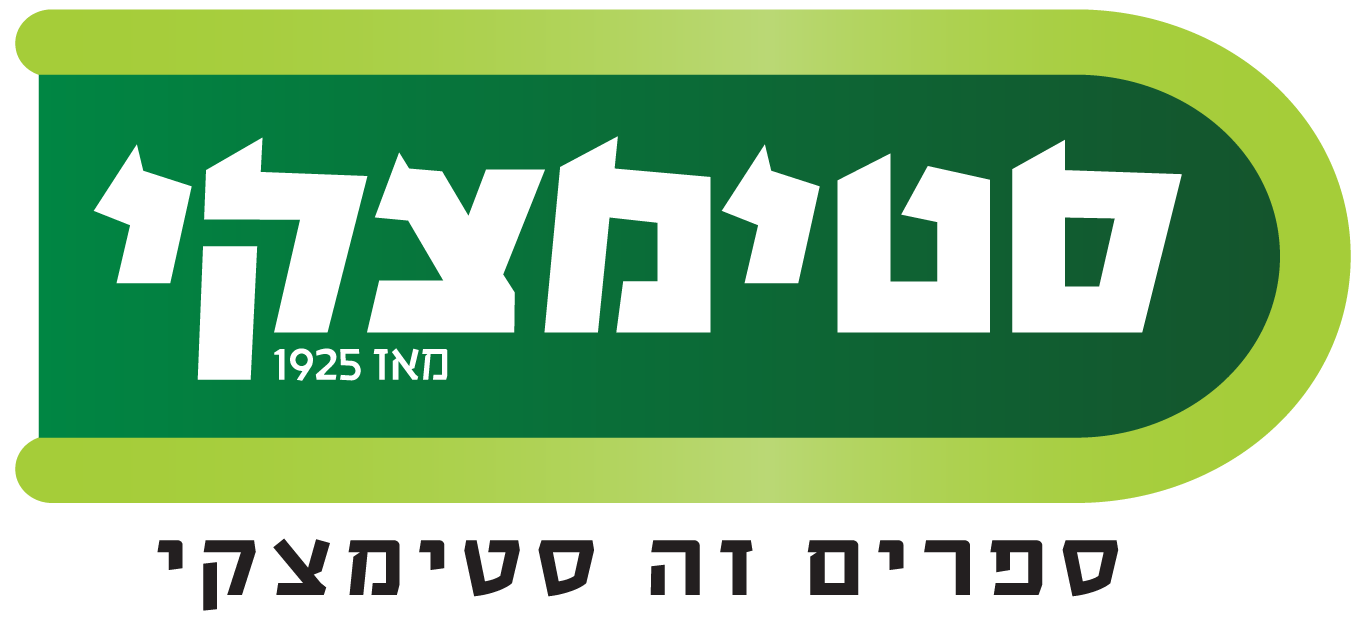



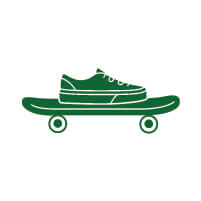








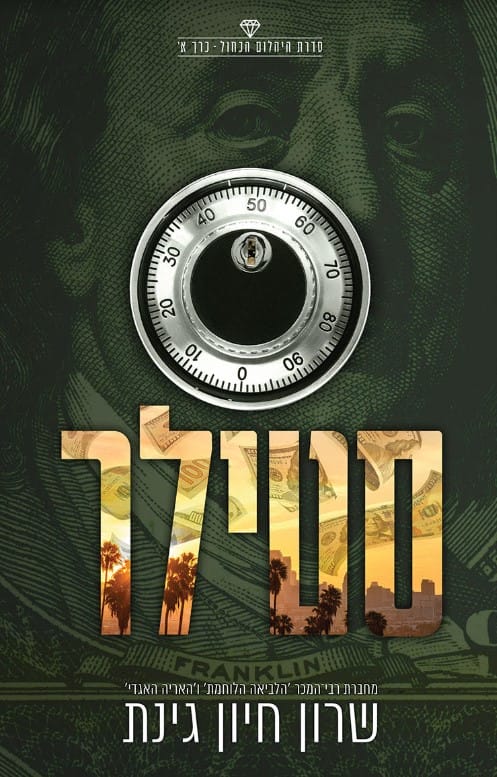

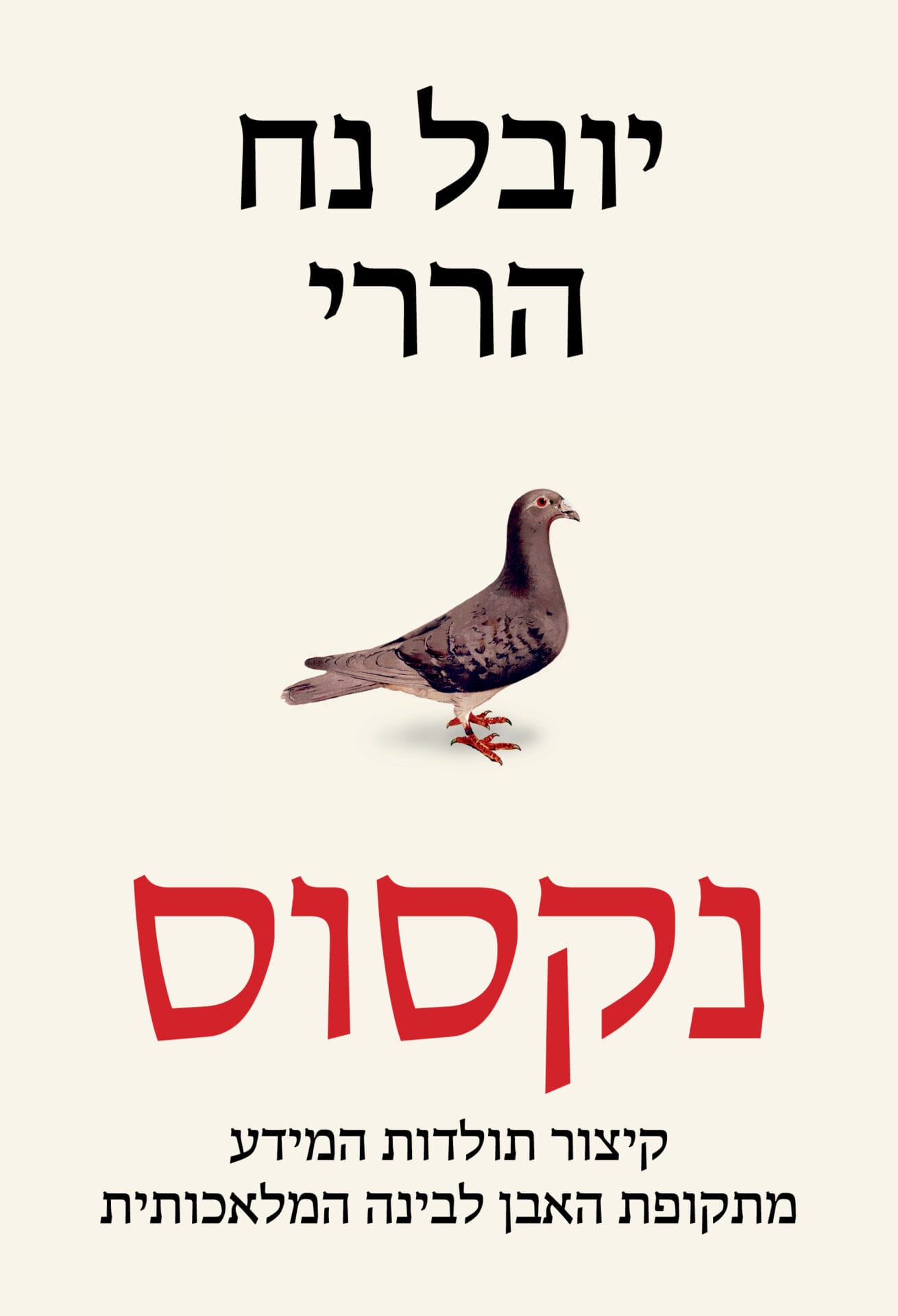

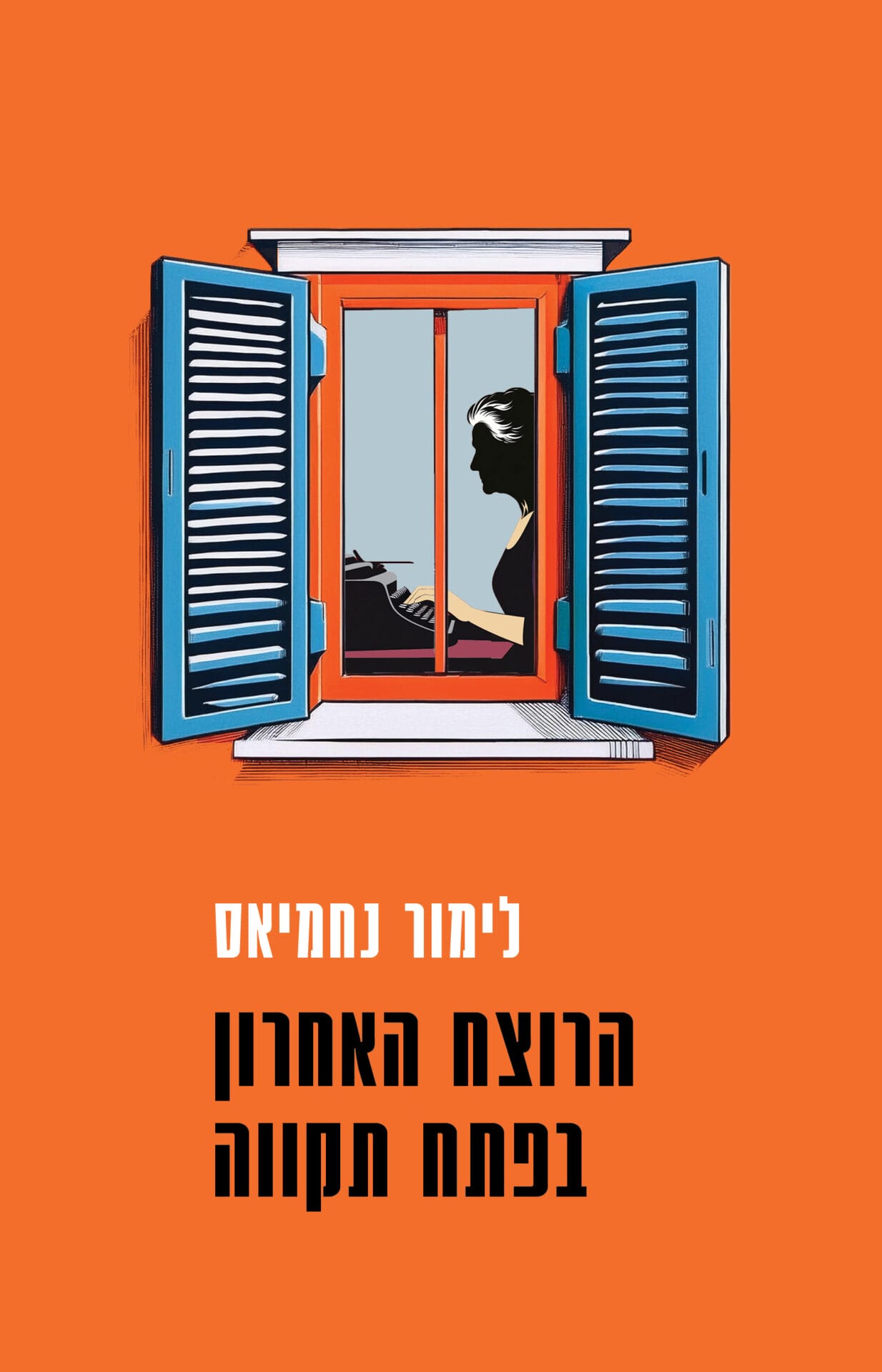

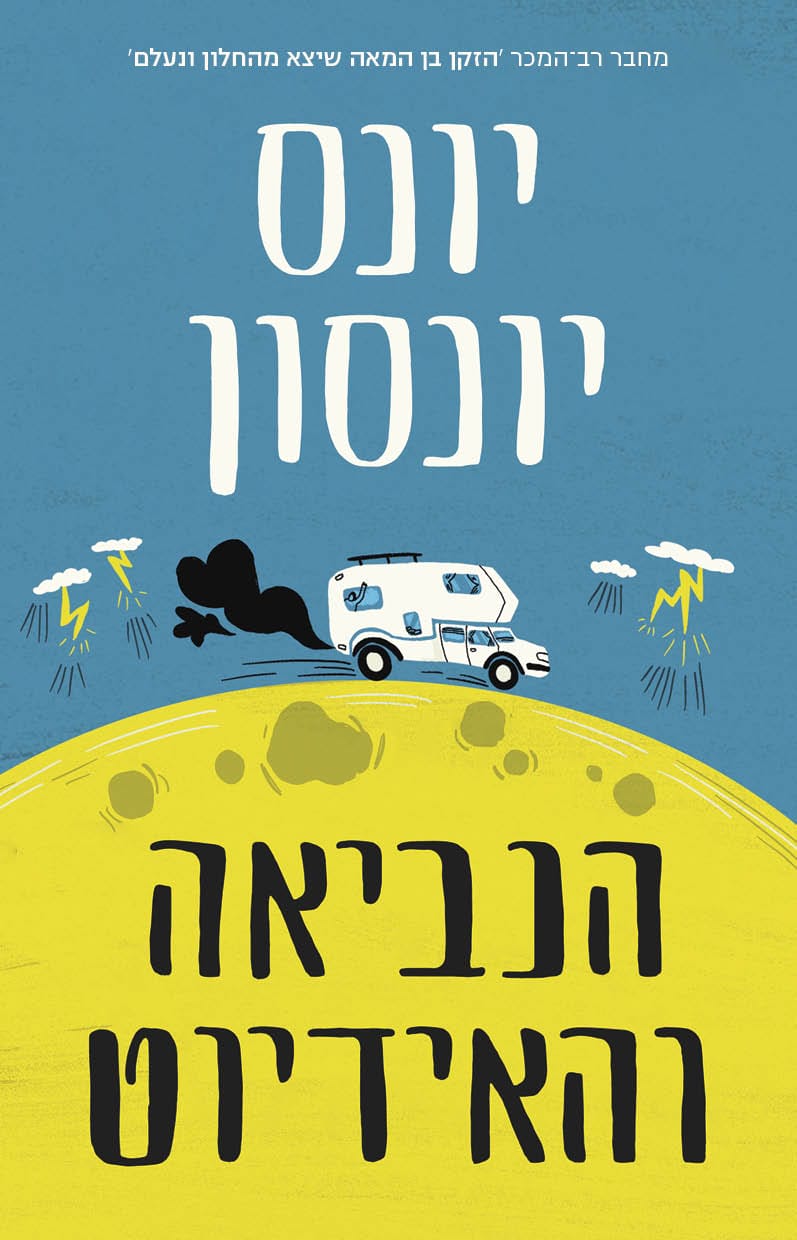
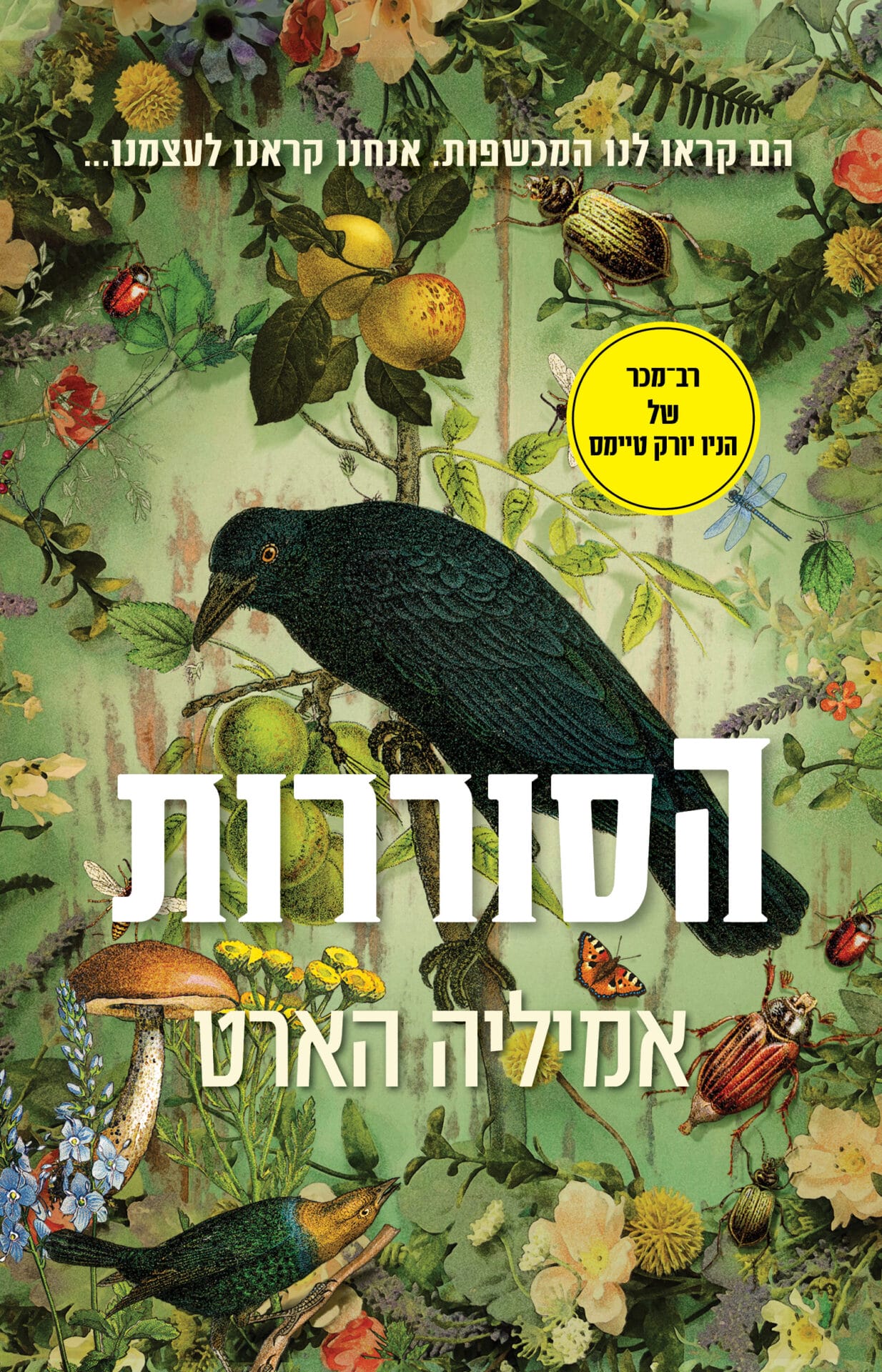
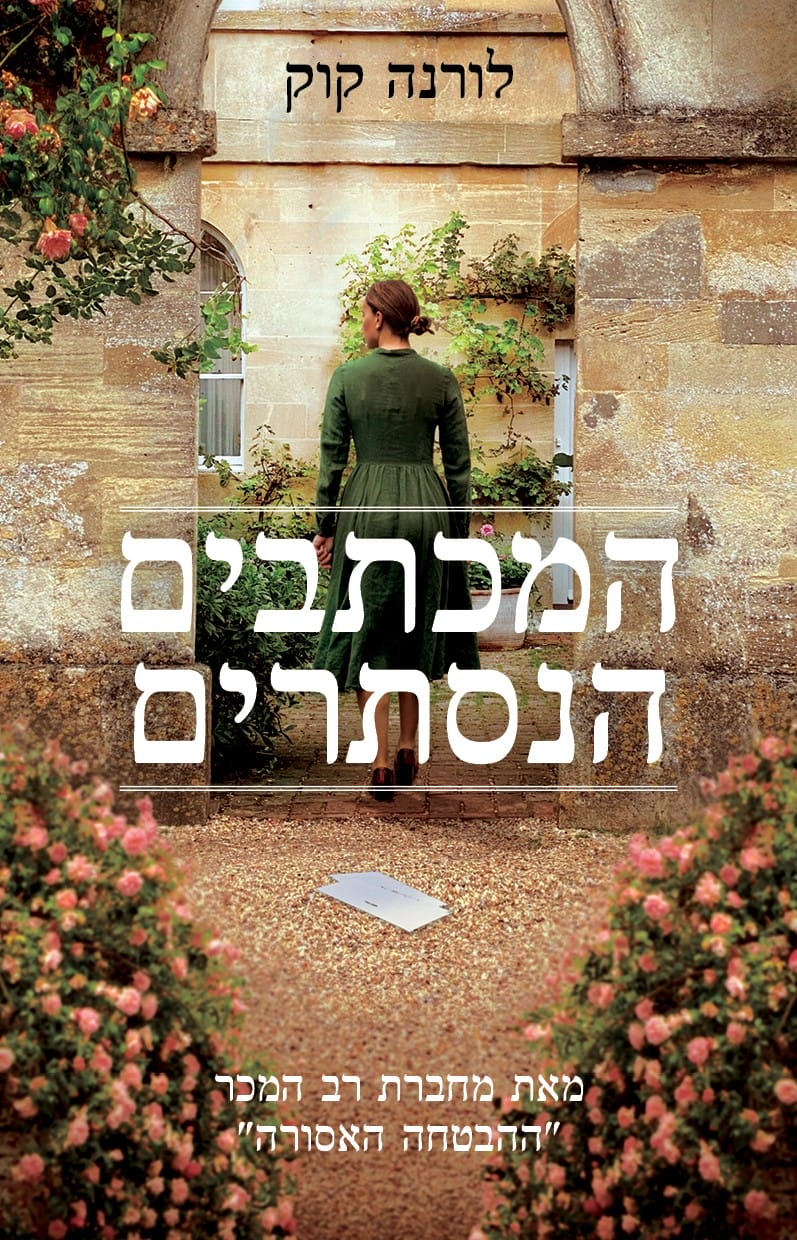
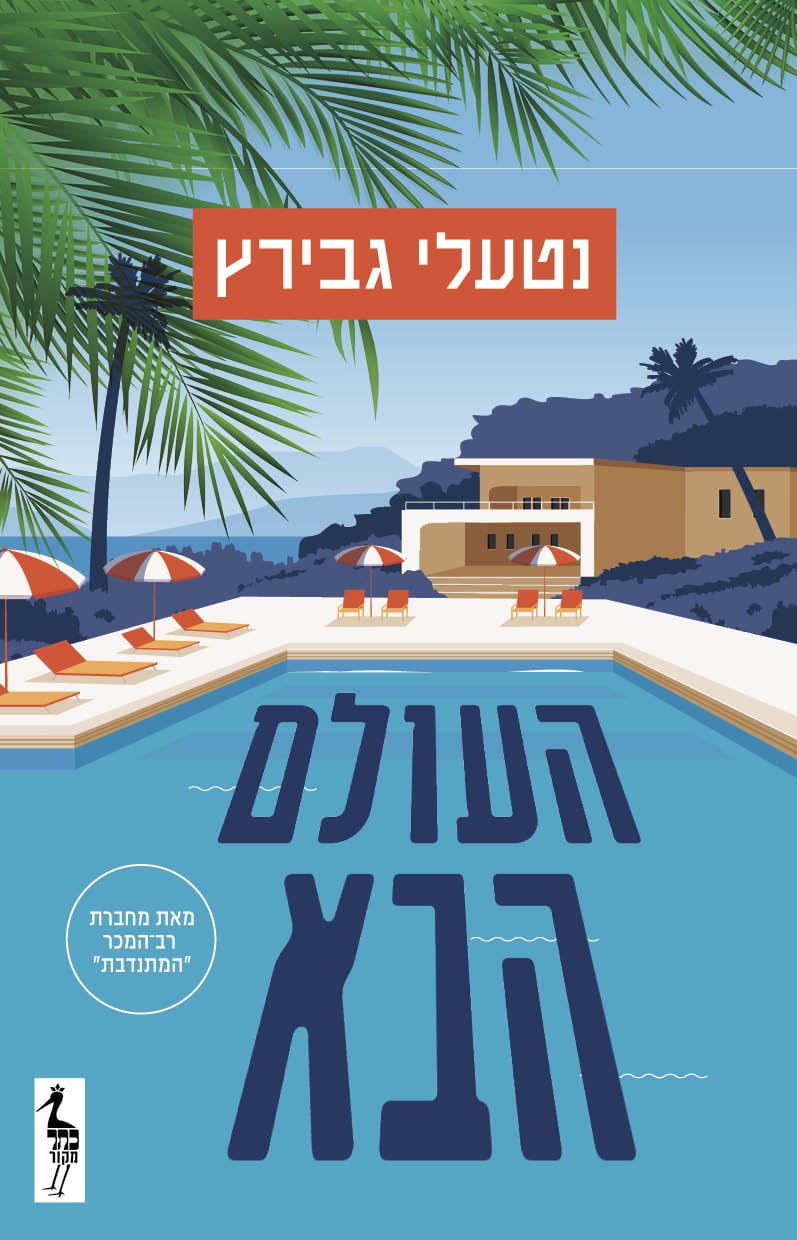
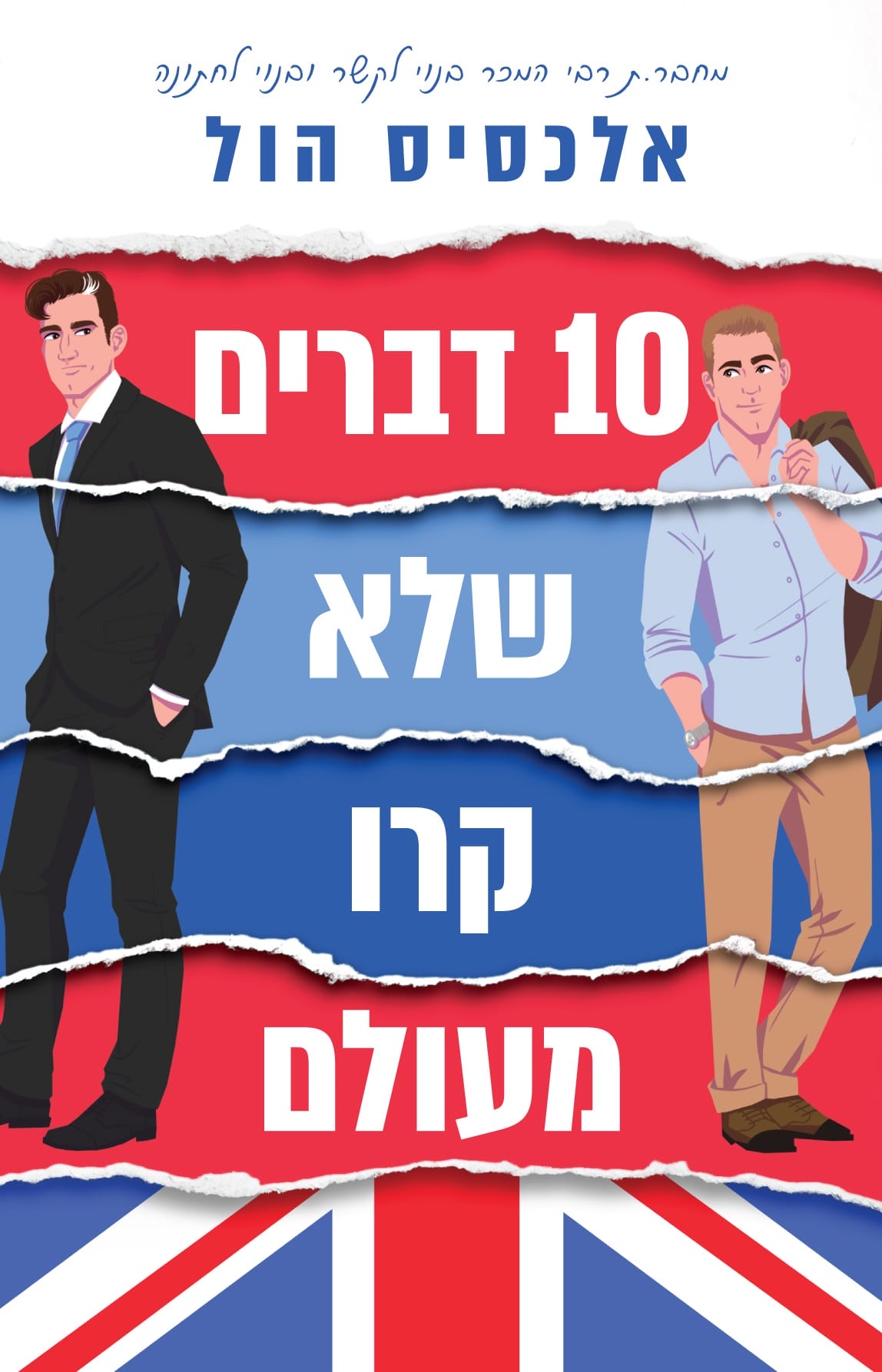





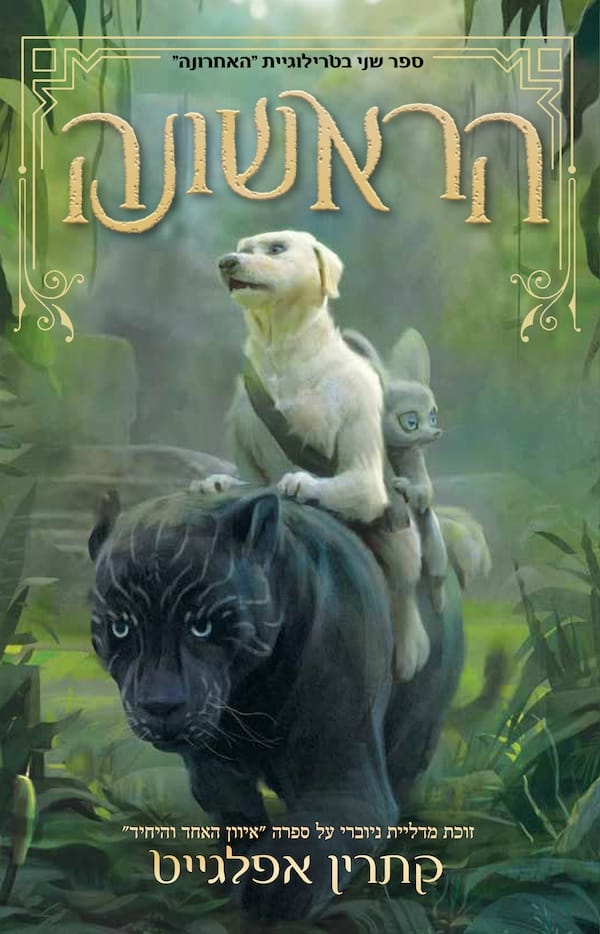
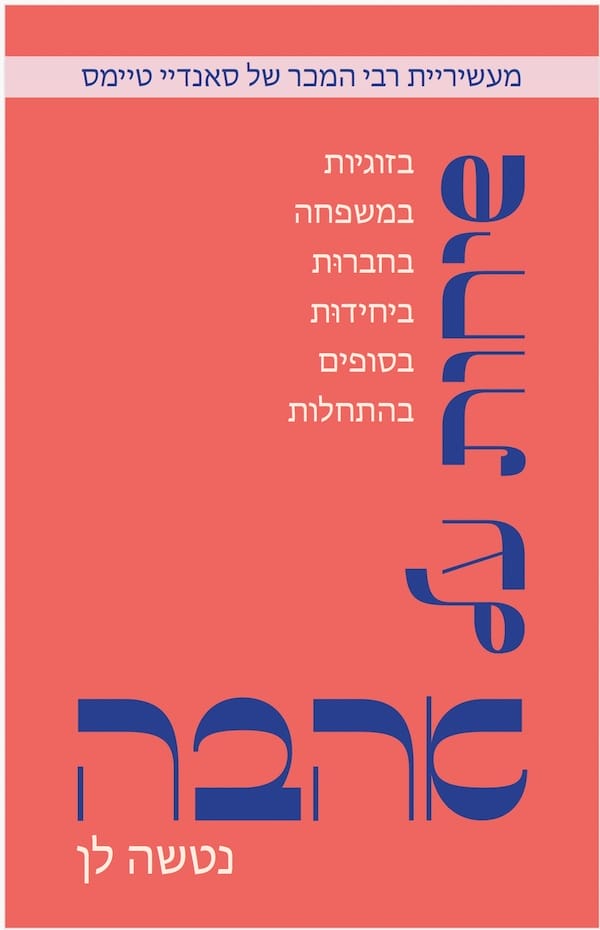
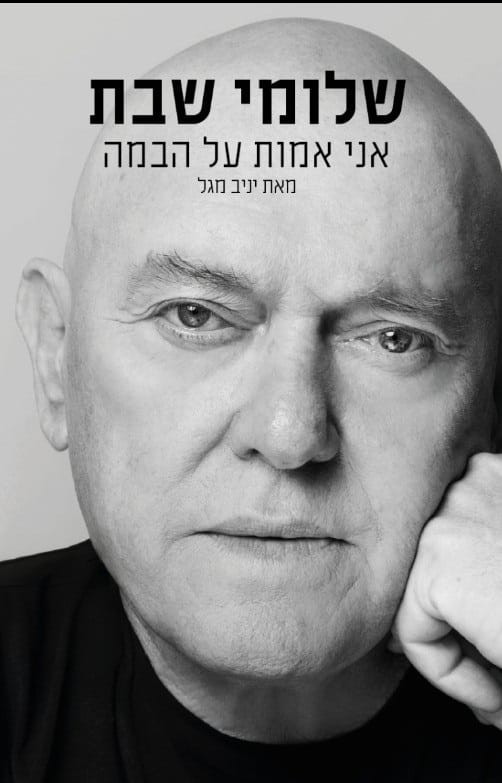
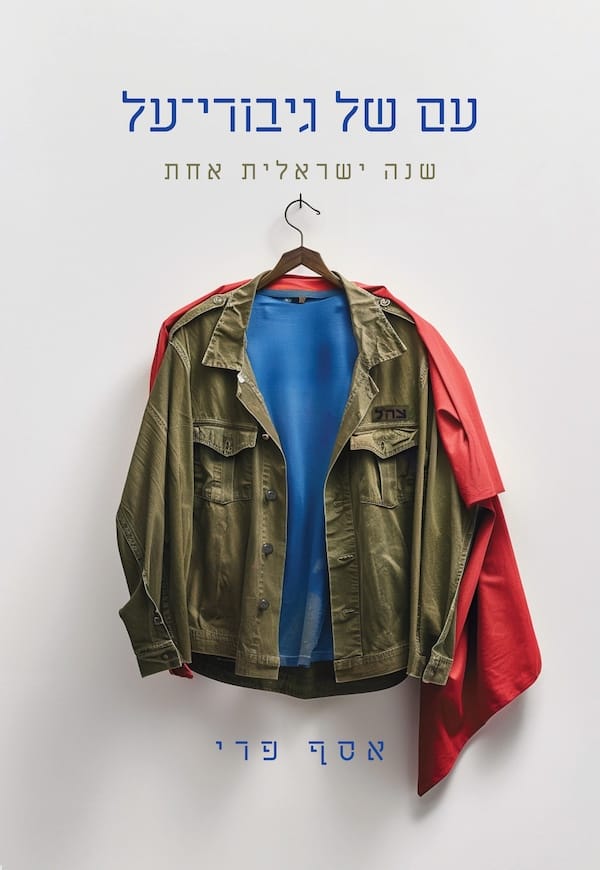
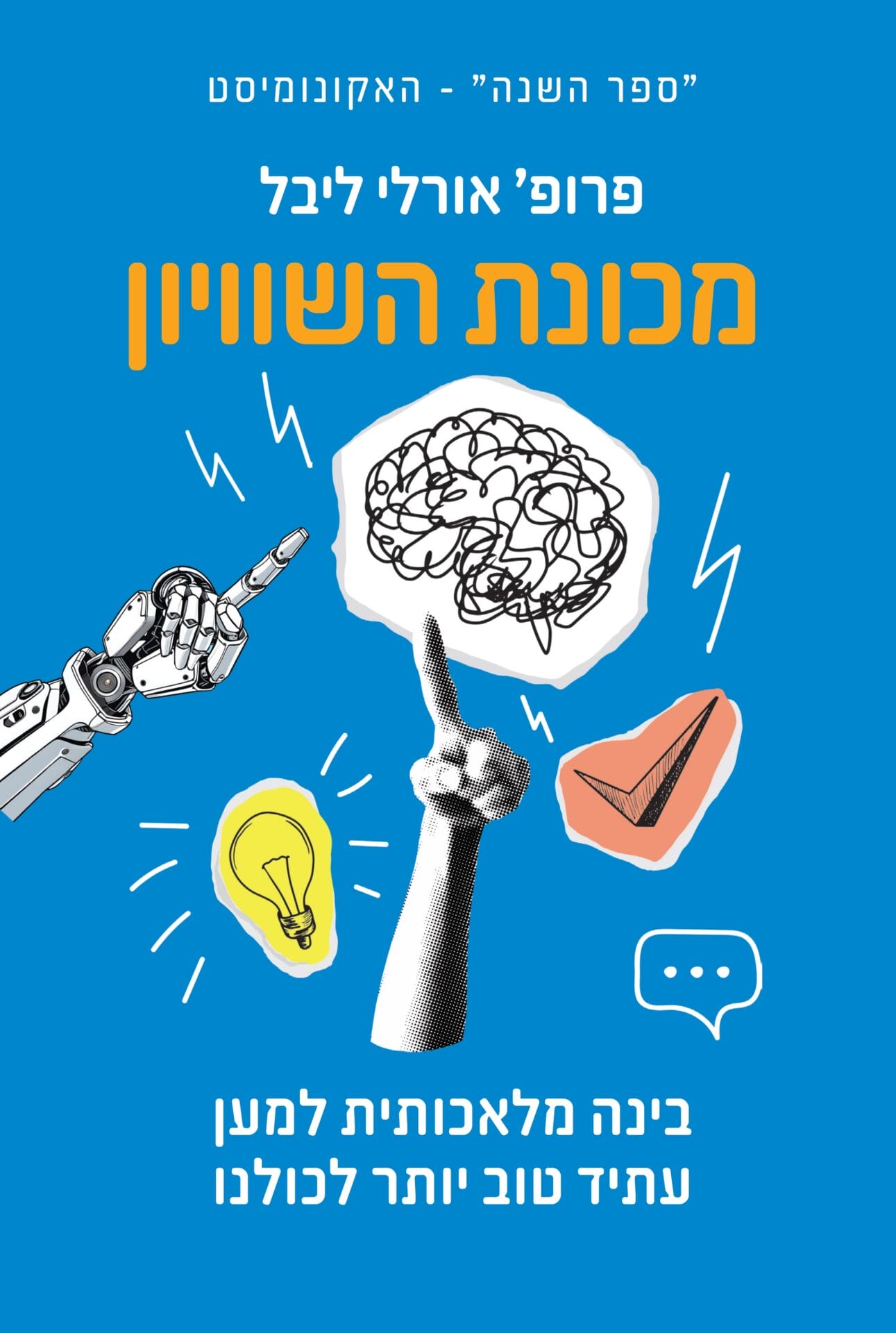


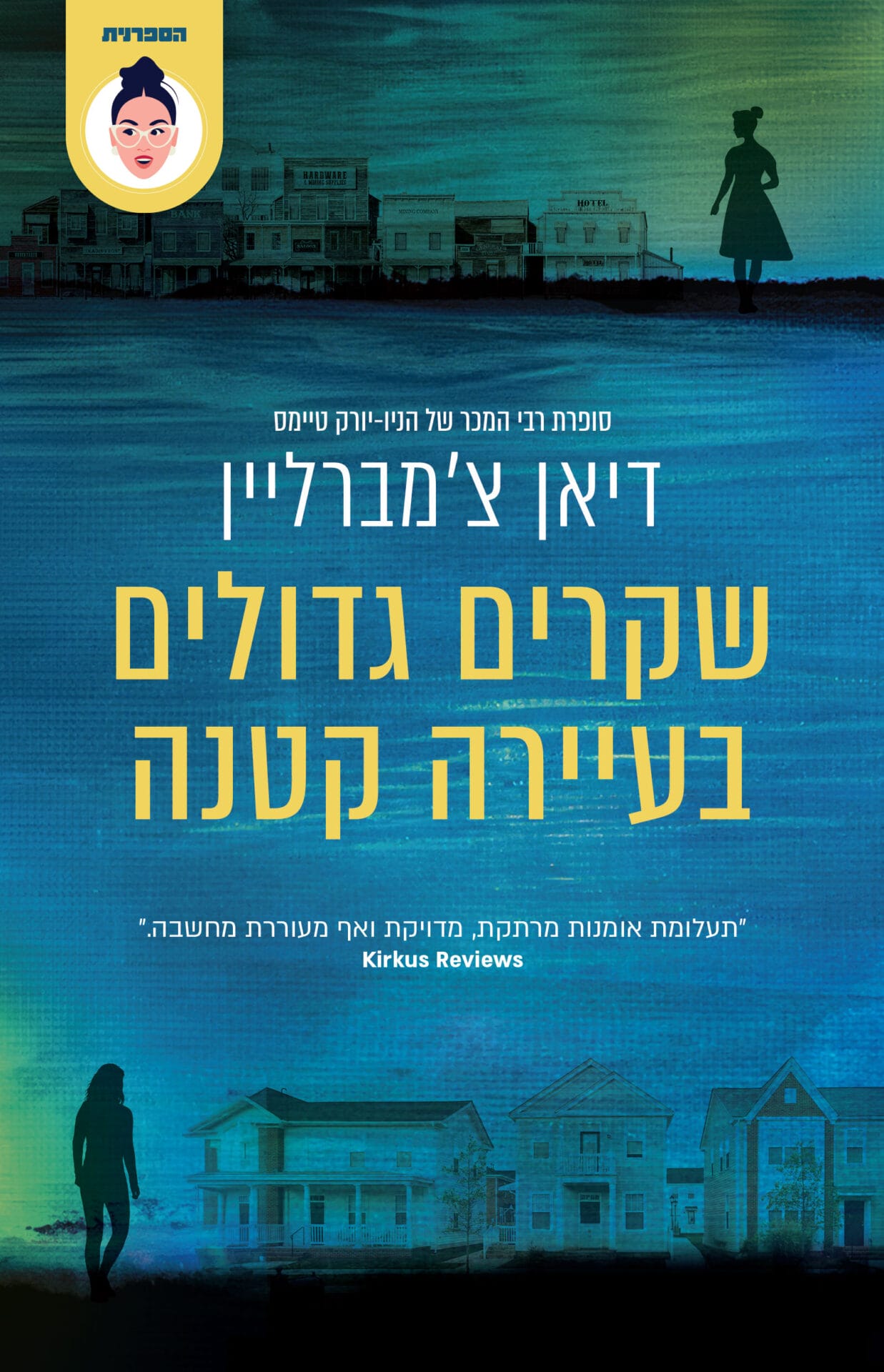
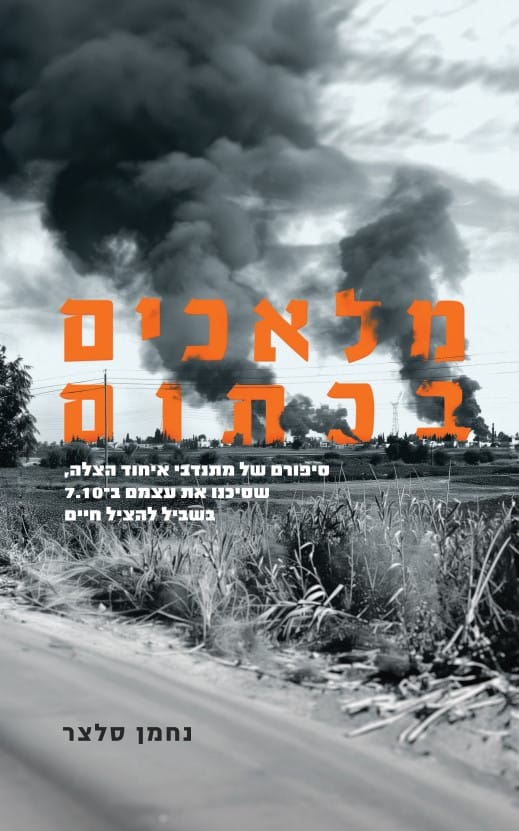
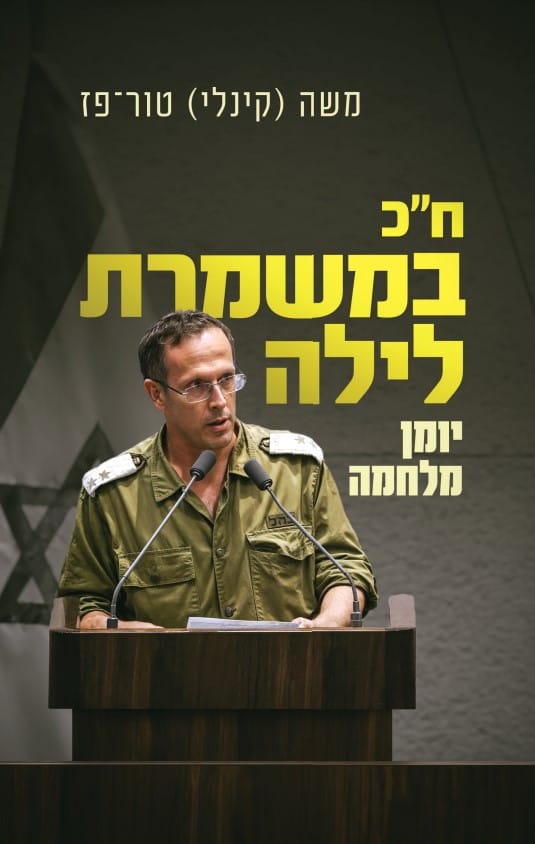

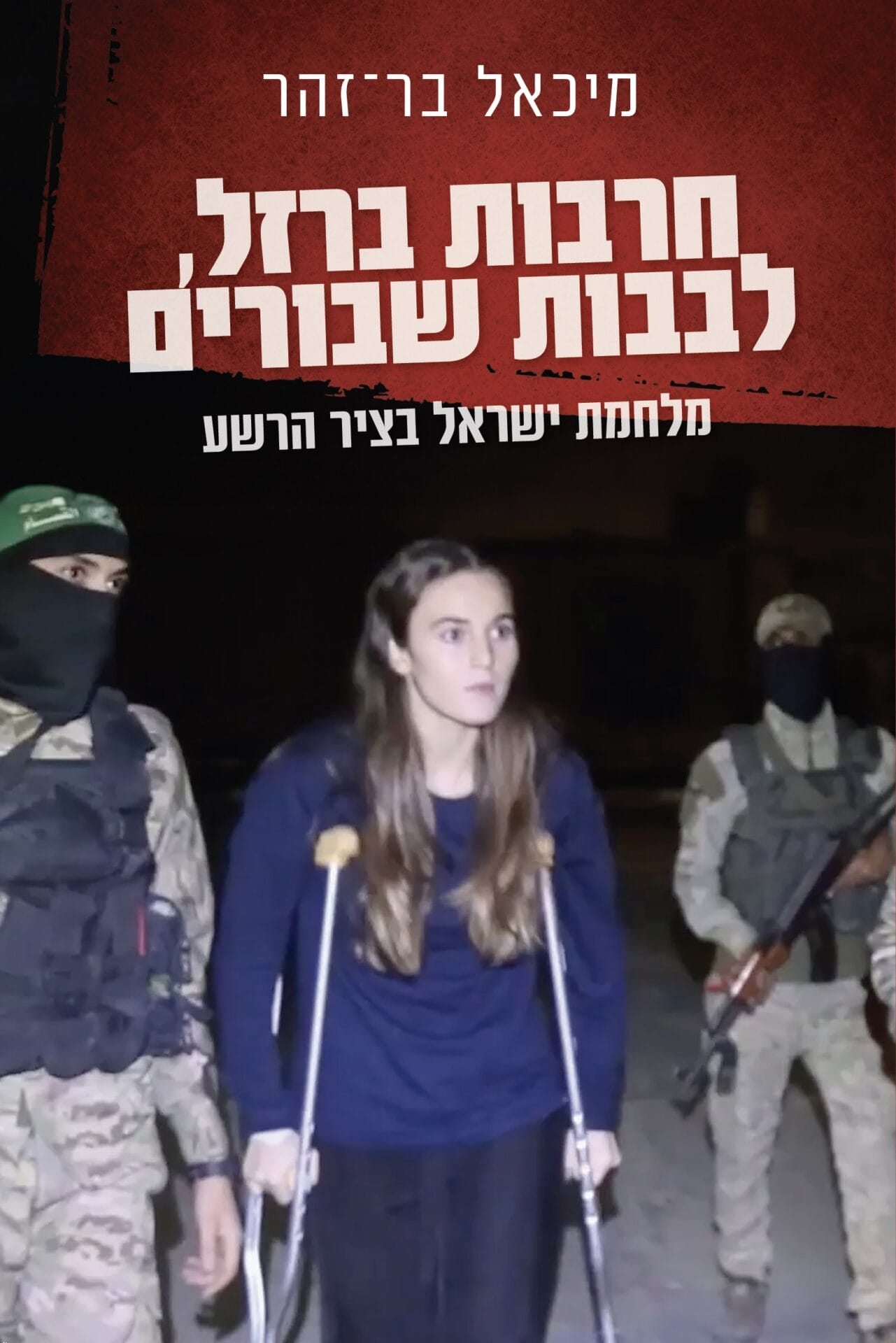


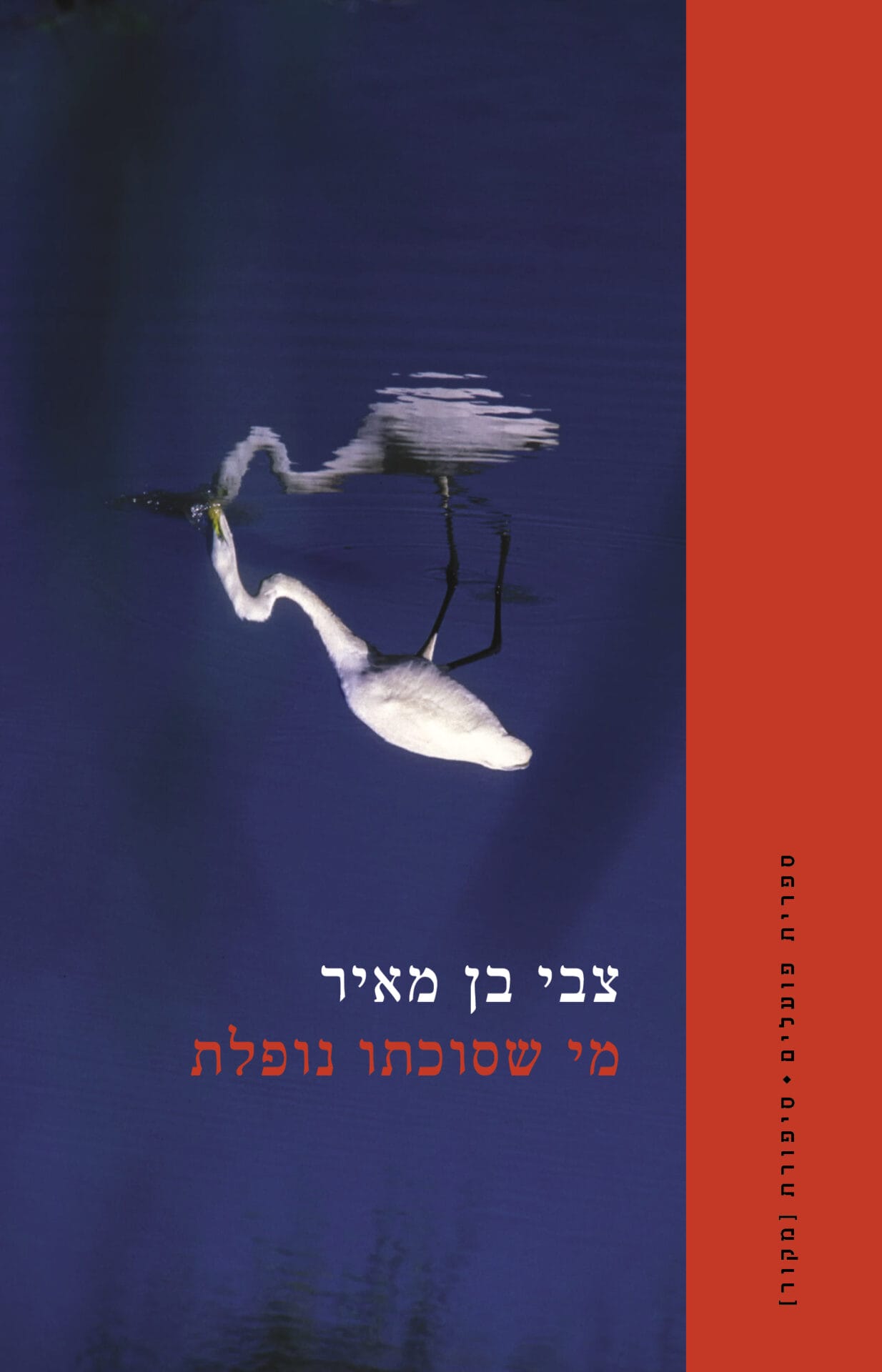
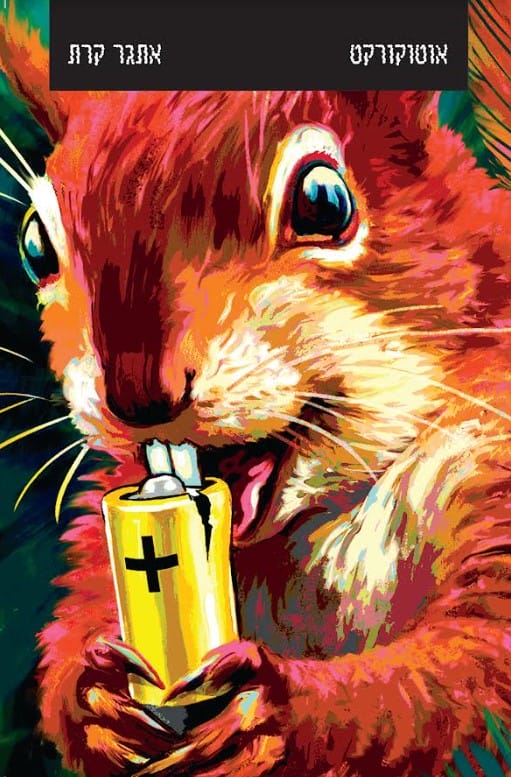
קוראים כותבים
There are no reviews yet.